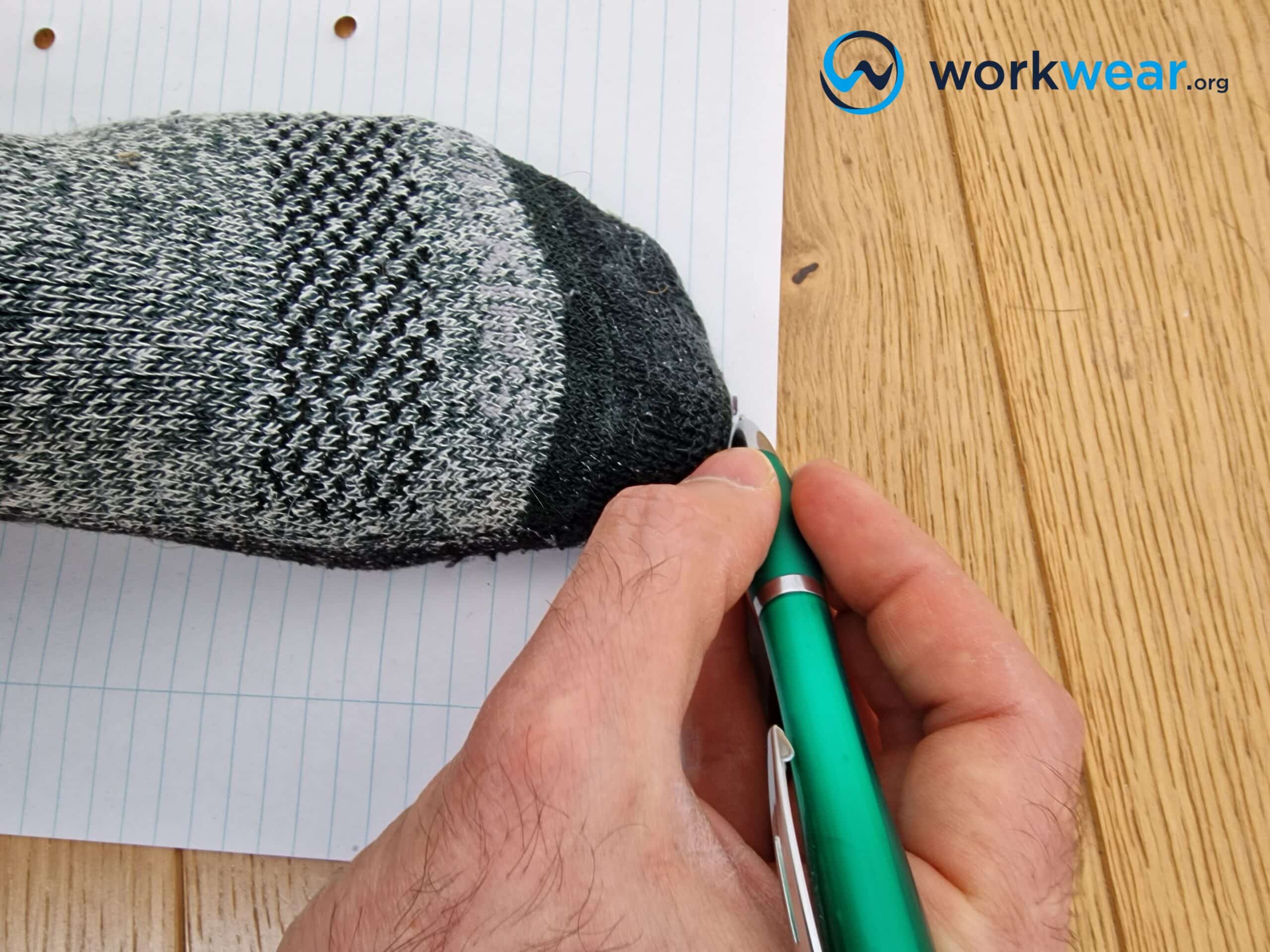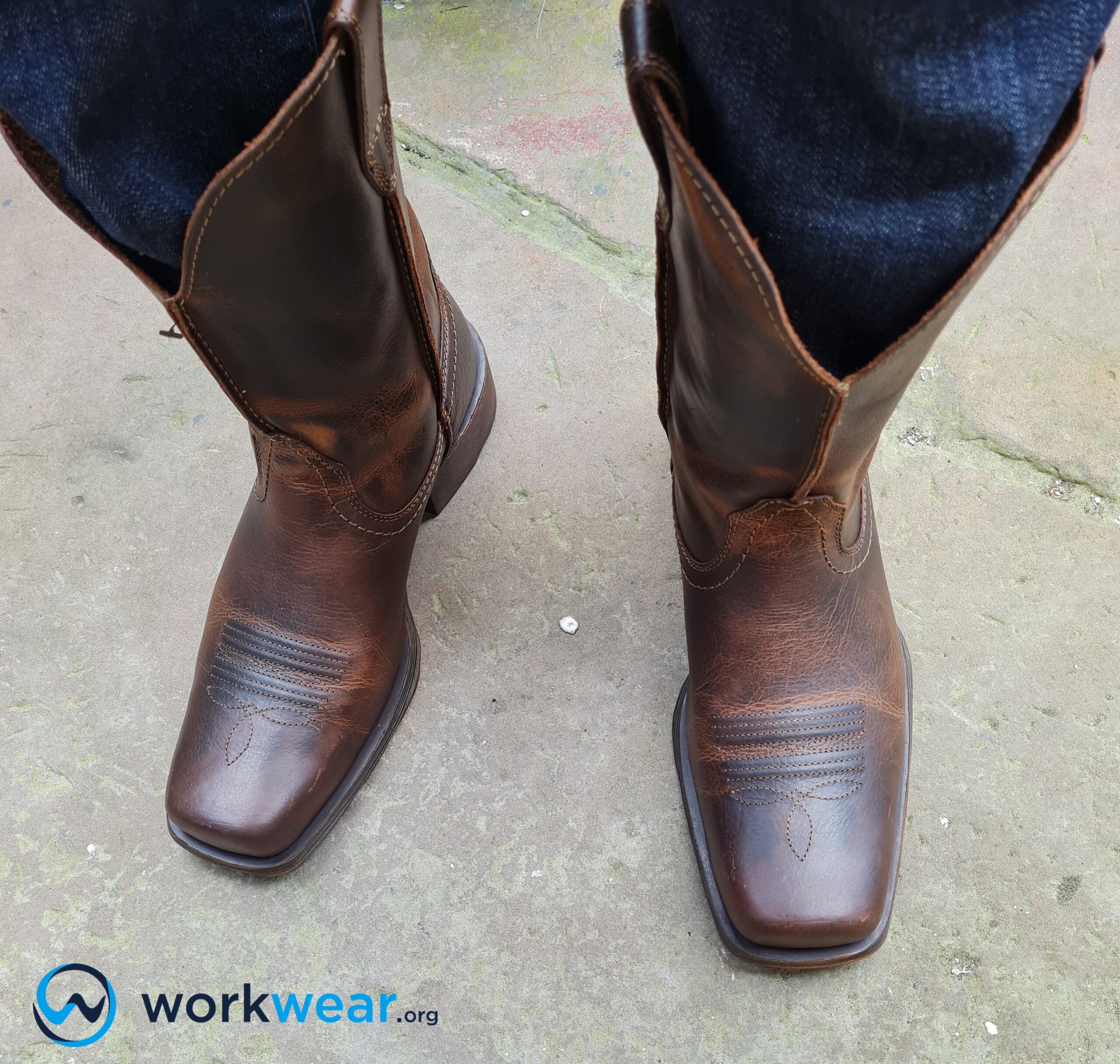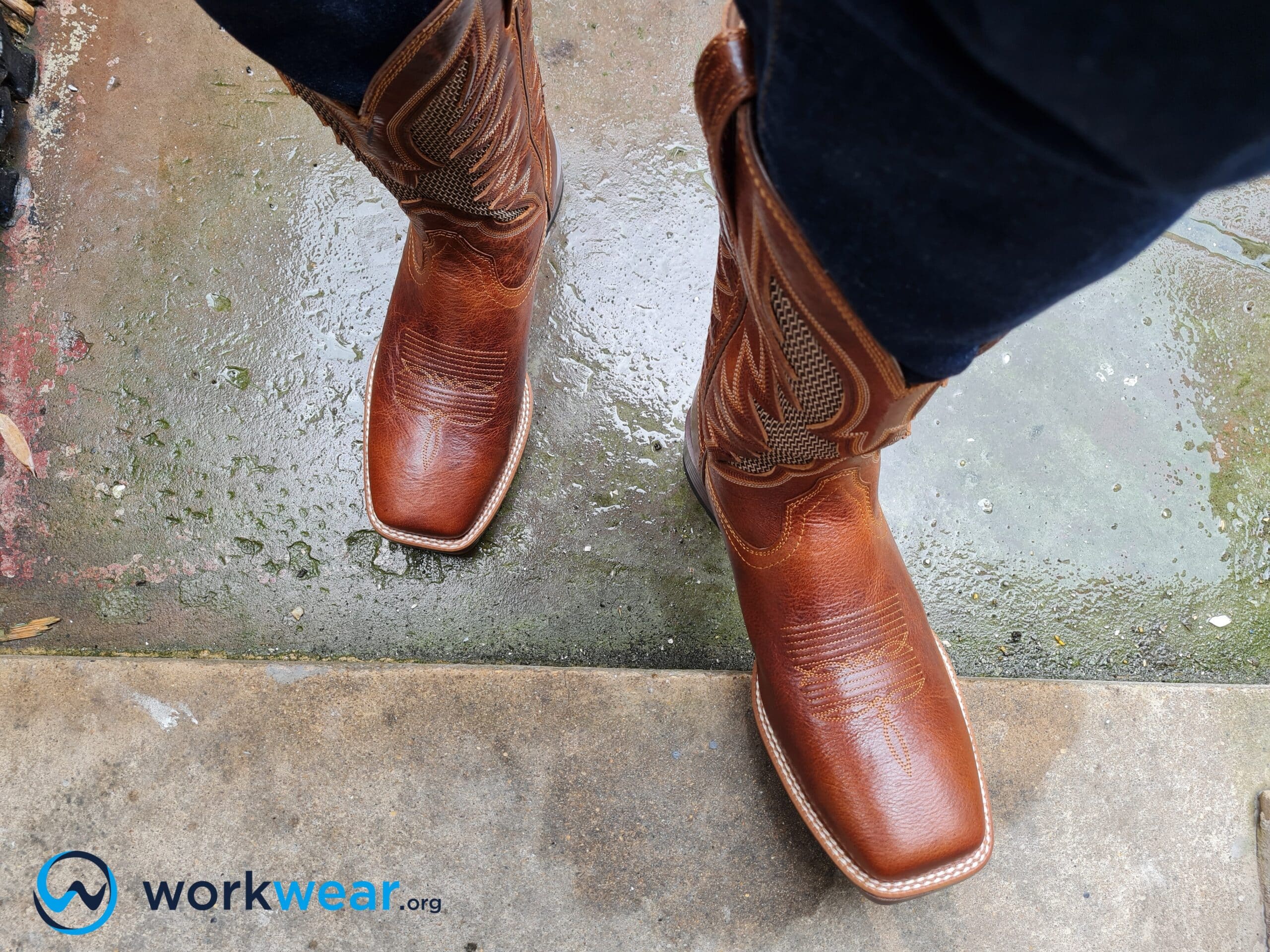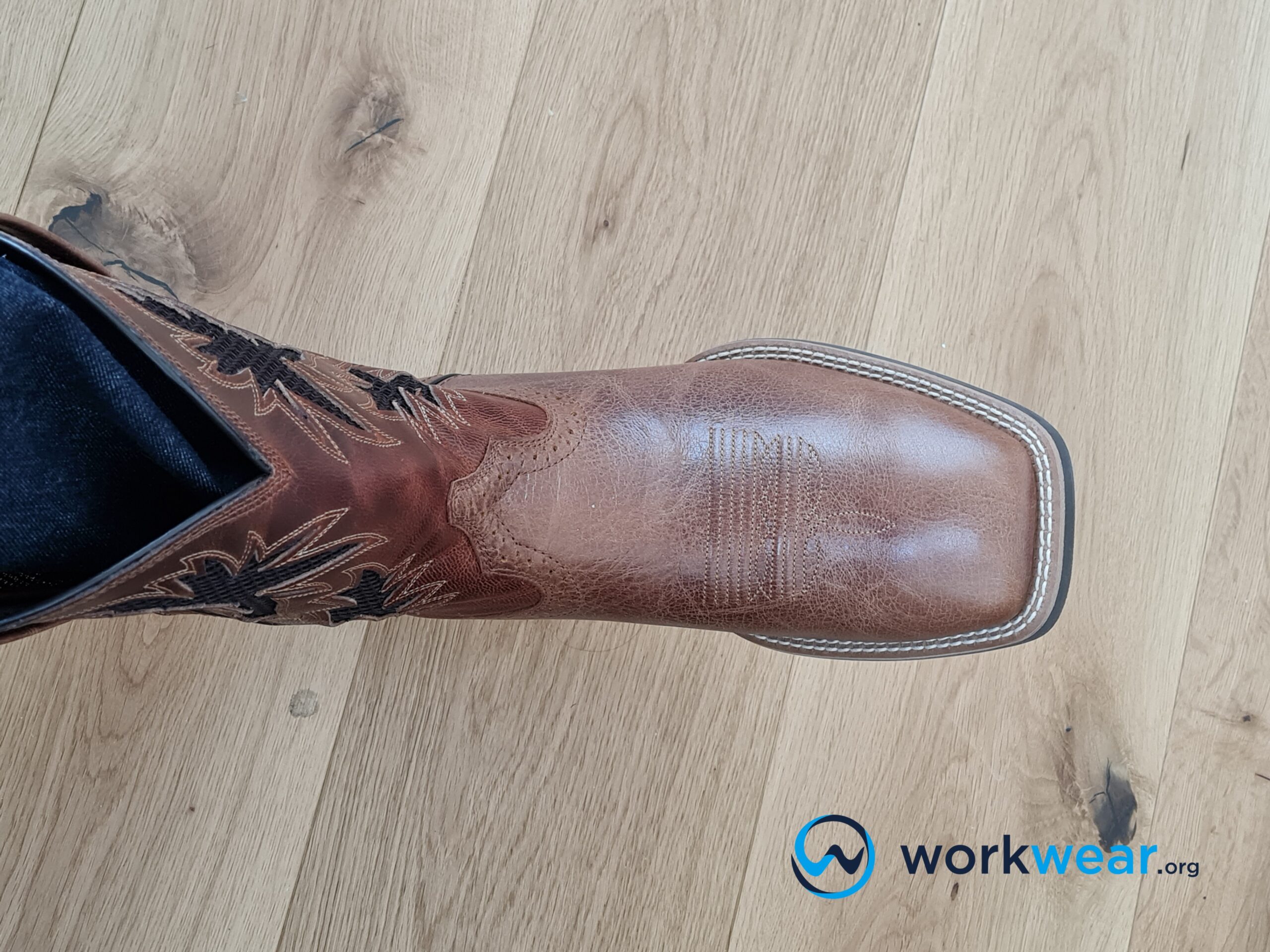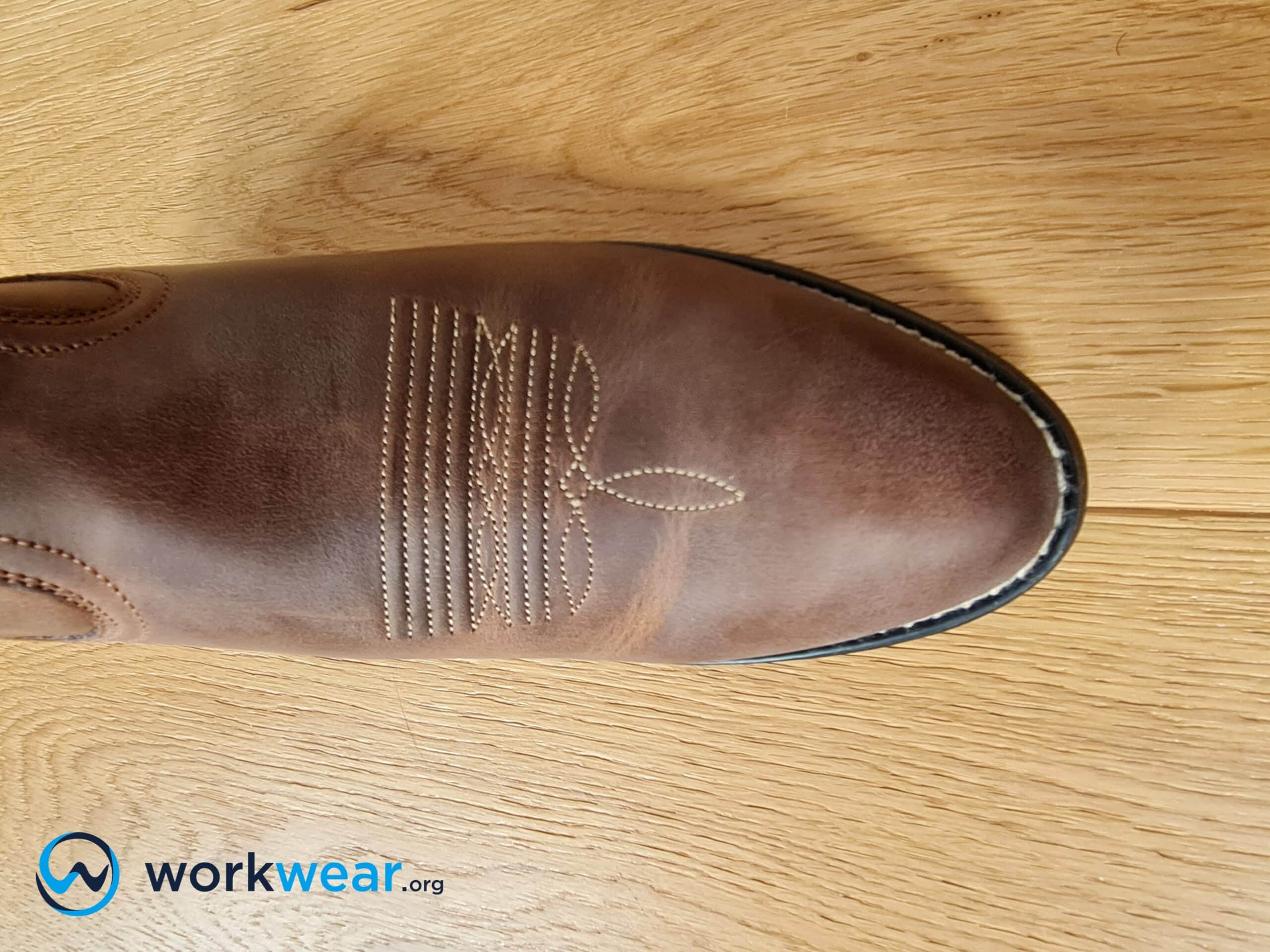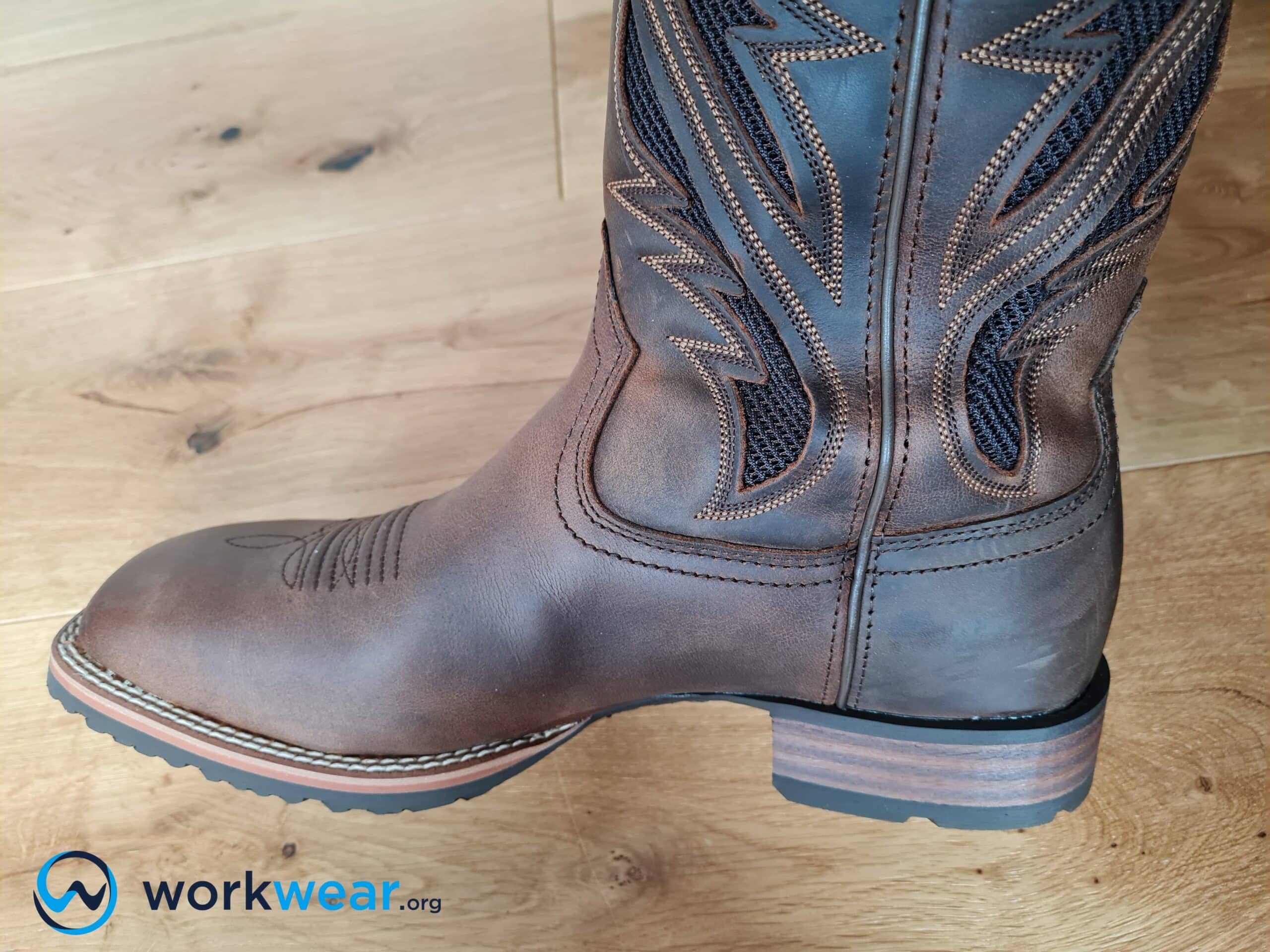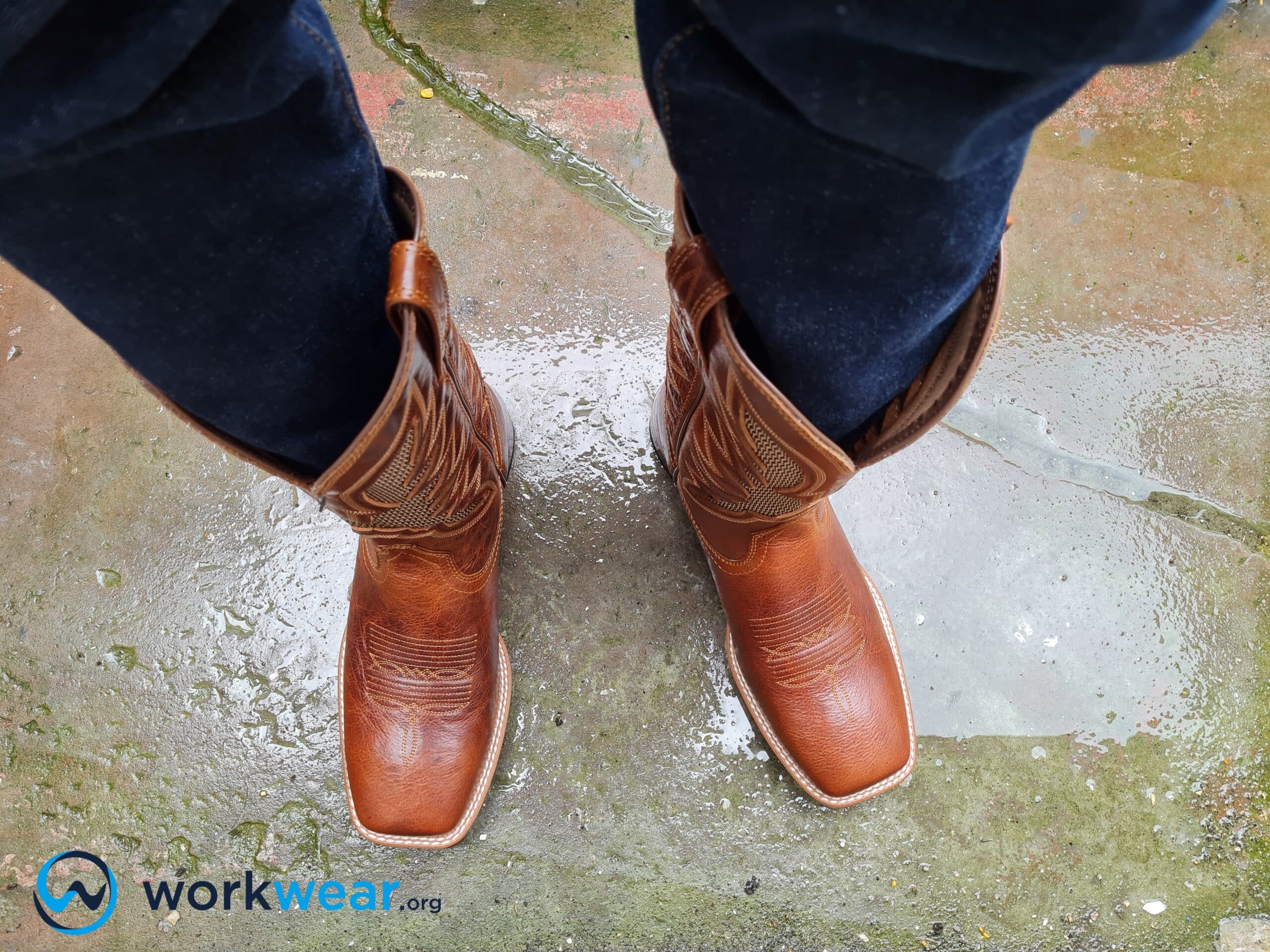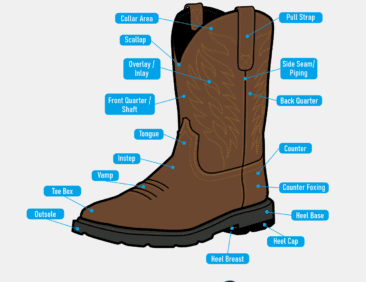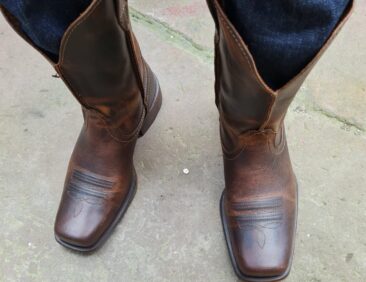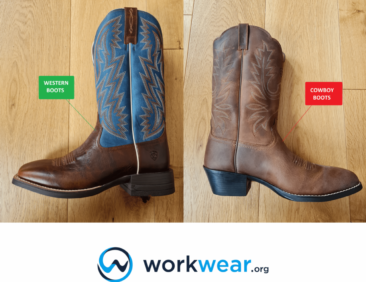How to Get the Right Size for Western and Cowboy Boots
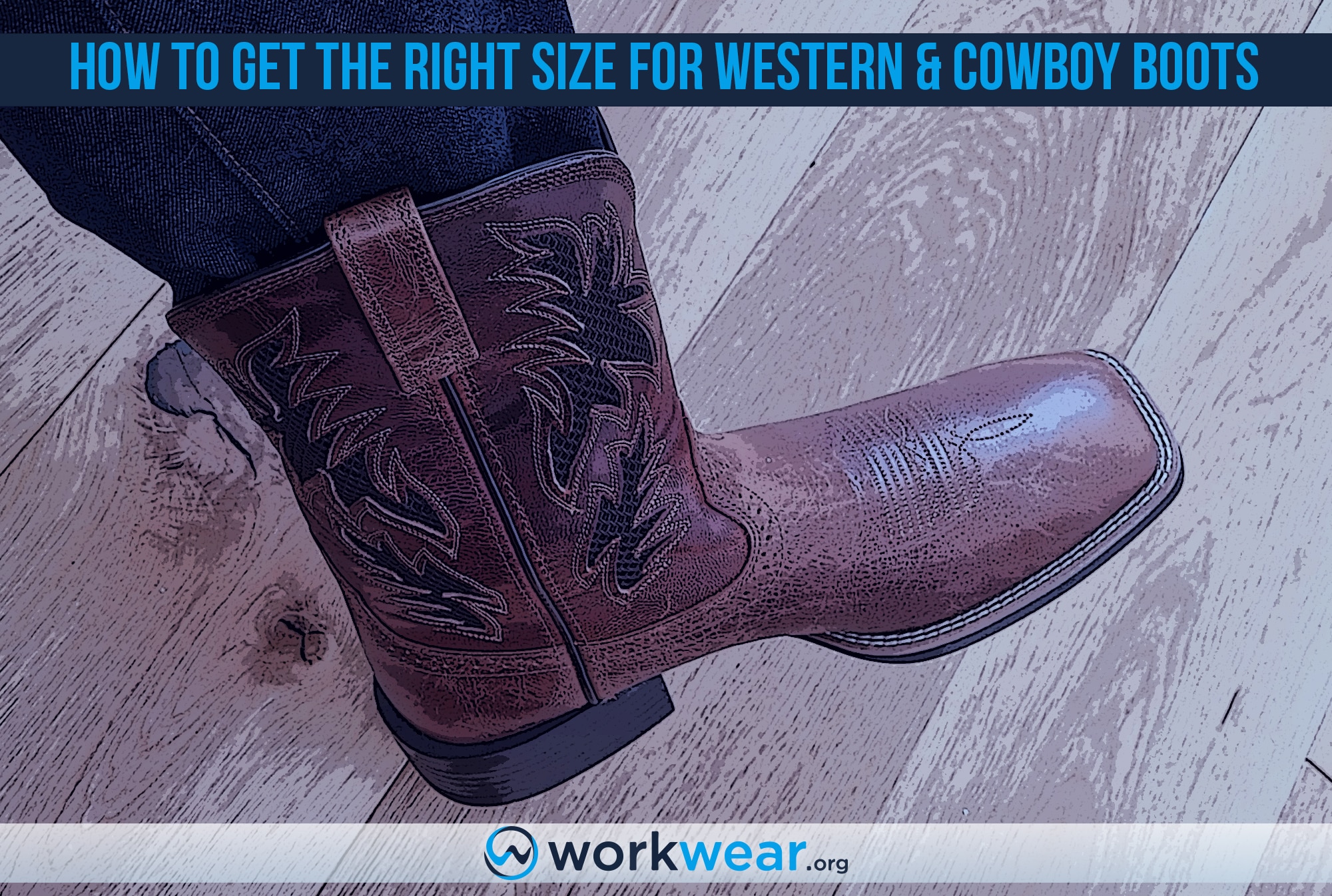
Buying Western and cowboy boots doesn’t only involve choosing the footwear’s color or the elaborateness of stitching accents.
Selecting the right size is just as important because it will impact how easily the feet can function when wearing the boots and the comfort that can be enjoyed when using the footwear.
Shopping for cowboy or Western boots slightly differs from buying other (shorter) boots.
Since they don’t have laces, they can’t be adjusted – making it even more crucial to get the right fit from the start.
Some things should be taken into account to sure that you’ll get the right boot size and, in turn, maximize your investment to the fullest.
Measuring the Feet
Measuring the feet will give you an idea of the size that will suit your feet the most.
This is especially beneficial if you’re purchasing the boots without getting to try them on in person – such as when you’re shopping for footwear online.
Without the chance to try the boots, you’ll need to rely on your feet’s measurements to reach the correct boot size.
For the easiest way to measure your feet, follow the steps below.
- Wear the socks you plan to use with the Western or cowboy boots. This allows the extra space for a more appropriate boot size.
- Place a piece of paper on a flat floor and stand on it.
- Using a pen or pencil, make a mark on the paper corresponding to the point where your heel ends. Do the same on the paper where the tip of your longest toe is.
- Measure the length between the marked areas (from the heel to the longest toe).
- Use the measurement as a guide to choose the right boot size, which may vary slightly from one brand to another.
Ideally, the measurement should be done later in the day when the feet are at their largest and have expanded throughout the day. However, one foot may also be larger than the other, so it’s a good idea to measure both feet and follow the larger one’s measurement when choosing a boot size.
Trying On the Boots
One of the best ways to ensure that you’re getting Western or cowboy boots in the perfect fit is to try them on, which you can do by going to the physical store. Given the boot’s construction and materials, doing so will make it easier to determine the correct sizing.
- When trying on the boots, make sure you’re wearing socks – better if they’re the socks you plan to use with the Western or cowboy boots.
- Stand up, walk, and around a bit. This will give you a better idea of how the boots fit and how they feel with the feet in motion.
- The boot would ideally fit snugly over the entire foot – but it should have a bit of space in the heel section. A brand-new cowboy or Western boot with a proper fit must have about ¼ inch of space, allowing the heel to slip slightly. As the leather gradually becomes softer with regular use, the material molds to the foot’s shape, and the heel section loses the extra space.
- Ensure that your foot’s ball corresponds to the widest portion of the boot’s sole. This precise location match prevents the ball of the foot from sliding, which can result in the toes being crammed too far forward into the toe box.
- Check if the boot fits snugly over the top of the foot. The snug fit (from the base of the toes to almost the ankle) delivers improved stability while walking, with a less roomy feel than regular boots or shoes.
- Even with the snug fit, the toes should still have enough space for comfortable wiggling. If the toe box is too tight, the toes will end up painfully cramped and blistered before long.
Types of Western or Cowboy Boot Toe Shapes
The sizing of Western or cowboy boots is affected by their toe shapes.
One style may fit tighter than the other (particularly in the toe area), which is why it’s important to note the difference between the boot toe shapes and how they affect the fit.
Square
The square toe shape is a great choice for daily use because it allows the toes to spread naturally instead of being crammed into a narrow space.
The result is a boot that’s more comfortable to use while showcasing an old-school rugged appearance.
Square-toed Western or cowboy boots have a classic, stylish aesthetic that looks and functions well for walking or riding.
Wide Square
Wide square-toe boots have even roomier toe boxes than square-toed Western or cowboy boots. The style first gained popularity with equestrian use but eventually became popular with more people due to its comfortable structure. The design also has a wider section for the ball of the foot, allowing the foot to spread naturally for enhanced comfort, especially for those with wide feet.
This toe shape is often featured in Western work boots because it doesn’t restrict the foot’s natural motion and is more comfortable over long periods of use.
Rounded
Rounded-toe cowboy boots have softly rounded tips that give the toes ample room to spread out comfortably.
The rounded-toe silhouette is also a popular choice for work but gives the boots enough style points to pair nicely with different outfits for more laidback settings.
This toe shape typically has a larger vertical clearance, so the toes can wiggle more freely as needed.
Snip
Snip-toed Western or cowboy boots are referred to as such because the tips end abruptly – like they’ve been cut or snipped off. The narrow tip isn’t the best choice for wide feet and may result in the toes feeling cramped with long hours of boot use.
This style remains popular because it’s fashionable even if it doesn’t excel in the comfort department.
Things to Keep in Mind to Get the Right Size for Cowboy or Western Boots
For better results and a hassle-free experience when buying Western or cowboy boots, here are some tips to remember and apply, especially when determining the correct boot sizing.
- Measuring and physically trying on the boots are better done in the afternoon or at the end of the day when feet can expand to their largest size.
- Try on both boots to see if they fit properly, as sometimes one foot is a bit larger than the other. If this is the case, follow the sizing of the larger foot.
- If your foot measurement is half-size, we recommend the next larger size for a better fit.
- For those with narrow feet – if there are no narrow boot choices, it’s better to go for the option that’s ½ a size smaller than your actual boot size.
- For those with wide feet – if wide boot sizes are not available, choose the option that’s ½ a size larger than your actual boot size.
- You can always refer to the size of your other boots or shoes to determine the suitable size for Western or cowboy boots. However, if you’re unsure if your boot size is still the same (and you last measured your feet more than a year ago) it’s better to measure your feet again for better sizing accuracy.
- Take note of any friction points that can cause discomfort. Western and cowboy boots are designed to fit snugly over the entire feet (apart from the heels) but they should still be comfortable enough to walk in.
- The toe shape of the cowboy or Western boots should be considered. This is because some styles are generally more comfortable. After all, they allow the toes to spread naturally so that exact sizing can be followed. However, other styles – such as the snip-toe option – may require upsizing to ensure comfort, especially for wide feet.
|
Men |
Women |
|
|---|---|---|
| Narrow |
B |
|
| Standard |
D |
B or M |
| Wide |
EE or EW |
C or W |
Personal Testing Experience
We had the chance to try two premium-quality Western boots from Ariat. The Sport Sidebet Western Boot showcased a full-grain leather upper featuring a colored shaft with elaborate stitching accents. The design was even more striking because it had to pull holes instead of pull straps on top. This boot used the exclusive ATS technology for comfortable cushioning and support, with a relaxed fit that made it easier for the foot to flex effortlessly. The Duratread outsole is resistant to barnyard acids, but without wetproof materials, we don’t recommend this boot for wet conditions. Meanwhile, the Anthem Western Boot used the proprietary DRYShield waterproof construction to block wet elements completely, ensuring reliable foot protection against unwelcome moisture. The Western-style stitching had a discreet look that elevated the boot’s aesthetic. Thanks to the same signature ATS technology, this boot was comfortably cushioned, with a shock-absorbing midsole that prevented fatigue. The exceptionally durable Ariat-branded Duratread outsole was flexible but delivered powerful traction for maximum slip resistance. However, the boot felt too tight in the toe box and caused uncomfortable toe-pinching.
Conclusion
No matter how gorgeous your cowboy or Western boots are, you won’t fully enjoy them if you get the wrong boot size. Trying on the boots is the best way to get the perfect sizing, but if this isn’t possible – such as when shopping online – getting your feet’s exact measurements is just as effective. Taking note of the boot’s style (including the toe shape and overall construction) will also help get the correct sizing, enabling you to maximize your investment in cowboy or Western boots.
FAQs
- Do all cowboy or Western boots soften and fit better over time?
- Only the ones made with real leather do. The ones made with synthetic leather don’t soften or mold to the feet’s shape over time, so they don’t offer a personalized fit.
- Why do Western or cowboy boots need to be snug?
- The snug fit ensures the feet maintain their correct position inside the boots. This helps stabilize walking and overall comfort, especially since the boots can’t be adjusted without a lacing system.
- Can standard-width boots be comfortable for narrow feet?
- Yes, boots that are half a size smaller than the usual size will be a good choice if there are no narrow-width options. If required, insoles can be put in to make the boots feel snugger and more comfortable.
- Should the tips of the toes touch the end of the boot?
- No, there should be a bit of space between the toes and the end of the boot to allow for comfortable toe flexing and wiggling.
